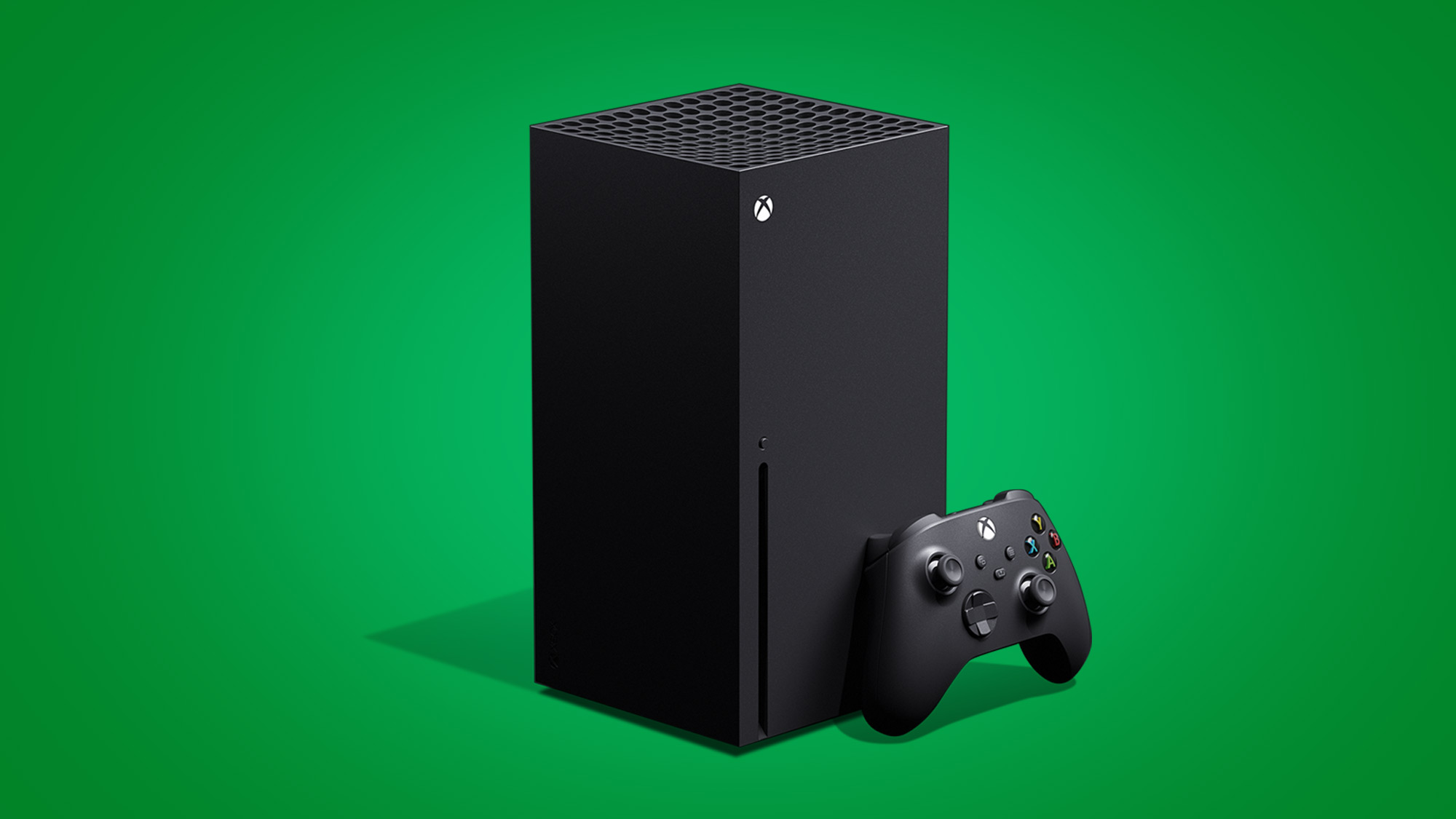Here's why the PS5 and Xbox Series X launches were always bound to be a disaster
PS5 and Xbox Series X launches reduced retail websites to rubble

The campaign to land a PS5 or Xbox Series X can be boiled down to a simple process: an extremely long period of waiting, followed by a painfully brief stint of refreshing, before the retail website in question crumbles under the weight of demand.
Then, when presented with the dreaded “out of stock” notice, tradition dictates you continue to refresh the website regardless and, when someone asks why you’re looking a bit teary-eyed, you blame it on allergies (or another suitable excuse).
It shouldn’t be forgotten, of course, that to be able to afford a new console in the current climate is an immense privilege, but that doesn’t mean it’s not frustrating to be repeatedly served an error message or, worse, have a console vanish from your basket at the pivotal moment.
- Check out our list of the best web hosting services right now
- We've built a list of the best ecommerce platforms available
- Here's our list of the best payment gateways around
The feeling is only made worse by the knowledge that human shoppers are competing with a raft of automated bots, coded specifically to capture stock and whip through checkout at warp speed.
If, like this writer, you tried and failed to get your hands on a PS5 or Xbox Series X at launch, you’re probably left with a few questions:
- Why do retail websites always crash immediately on console launch days?
- Are there no measures retailers can take in advance, given how much time they have to prepare?
- What's happening behind the scenes when a sea of people refresh a single web page at once?
To get to the bottom of these questions, we spoke to experts in the fields of content delivery and network infrastructure monitoring, who gave us an inside perspective on the launch of the PS5 and Xbox Series X.
Sign up to the TechRadar Pro newsletter to get all the top news, opinion, features and guidance your business needs to succeed!

Why did retail websites crash on PS5 and Xbox Series X launch days?
When a user clicks through to a website in regular circumstances, they are using up a percentage of the overall resources set aside to maintain it. A single user might only take up a negligible slice of the servers, but when tens (even hundreds) of thousands of consumers flood to a website at once, these resources are quickly consumed and the website crashes.
“It looks a bit like a DDoS attack,” explained John Graham-Cumming, CTO at CDN provider Cloudflare. “But the key difference is that DDoS attacks tend to be repetitive.”
“The attacker sends the same sort of traffic, in huge quantities, over and over again to the website. That makes it something that can be filtered. In contrast, lots of shoppers swarming a site all do their own thing, the traffic pattern looks different and servers get overwhelmed.”
Another issue is that websites have become increasingly complex over time, with more advanced features and interfaces. In short, this means more information has to be loaded with each refresh.
“Brands are putting a lot of focus and effort into online to delight customers and prompt purchases,” noted Yogi Chandiramani of network intelligence firm ThousandEyes.
“At the same time, in creating those rich experiences and user-friendly interfaces, websites are getting bulkier, composed of ads and scripts, and interacting with third-party apps and APIs across multiple microservices and environments.”
Chandiramani adds that this can lead to slower load times and also means issues that do occur may well stem from components that actually lie outside of the retailer’s control.
Why couldn’t retailers prepare for traffic spikes in advance of the PS5 and Xbox Series X launches?
According to the experts we consulted, the main issue is that running an ecommerce website is a totally different proposition to a simple text- and image-based equivalent.
In periods of high demand, content delivery networks can help serve up images, videos and text to web users, but they only deal in static content that remains identical for each visitor.
“When it comes to shopping, everyone has a unique shopping cart, home address and card number, so CDNs can’t take all the load off the retailer,” Graham-Cumming told us. “Each individual trying to buy the console or grab a concert seat has to get handled by the servers and there’s finite capacity.”
Ecommerce websites are also often reliant on a vast quantity of satellite services operated by third parties, adding yet further complexity to the equation. If one of these services crumbles under the strain, the whole operation comes crashing down.
“Adding more resources is often the go-to response when planning for these events - ‘add more power at the server and we will be fine’. But having the biggest and best equipment is no guarantee of success,” explained Michael Gooding, who heads up web performance at Akamai.
“[The vast majority] of websites today have at least one third-party partner involved, who also need to withstand the strain of an upsurge in users. Sadly, unless this third-party is added carefully, they can crack under the pressure and take you down with them.”
Is there a solution to this problem?
While some websites have opted to deploy queuing systems, designed to limit the number of users that can navigate through a website at once, these too have proven unable to cope with the spikes brought about by the PS5 and Xbox Series X launches.
In the same way the websites themselves are overloaded by a torrent of users, virtual queues are also quickly overwhelmed and become unworkable. They are more of a way for websites to “fail gracefully,” says Gooding.
They also run counter to the central ethos of online shopping: consumers should not have to wrestle one another for a product as they might in a physical store, and nor should they have to wait.
“If retailers only have stock levels of, say, 10,000 consoles, there is no benefit in keeping 20,000 people waiting in a queue. Keeping a surplus of people in the queue can lead to bad feeling from trusting consumers, damaging the business’ reputation in the longer term,” he added.
Other options include tuning down portions of the website that aren’t critical to its function, such as recommendation engines or content targeting. However, this often involves navigating intra-company politics, and securing buy-in across multiple departments is never an easy task.
Cloudflare says that the main hope lies in the ability of retailers to utilize an up-and-coming technology known as edge compute (or serverless), which could help retailers prop up their websites in periods of immense strain.
Under this new system, website owners can write software that runs simultaneously on thousands of servers worldwide, which “spreads the load and helps them stay online even under a crush of eager shoppers”.
With any luck, then, retailers will have mastered the process in time for the launch of the PS6 and Xbox One Series 360 X.
- Here's our list of the best business web hosting services right now

Joel Khalili is the News and Features Editor at TechRadar Pro, covering cybersecurity, data privacy, cloud, AI, blockchain, internet infrastructure, 5G, data storage and computing. He's responsible for curating our news content, as well as commissioning and producing features on the technologies that are transforming the way the world does business.